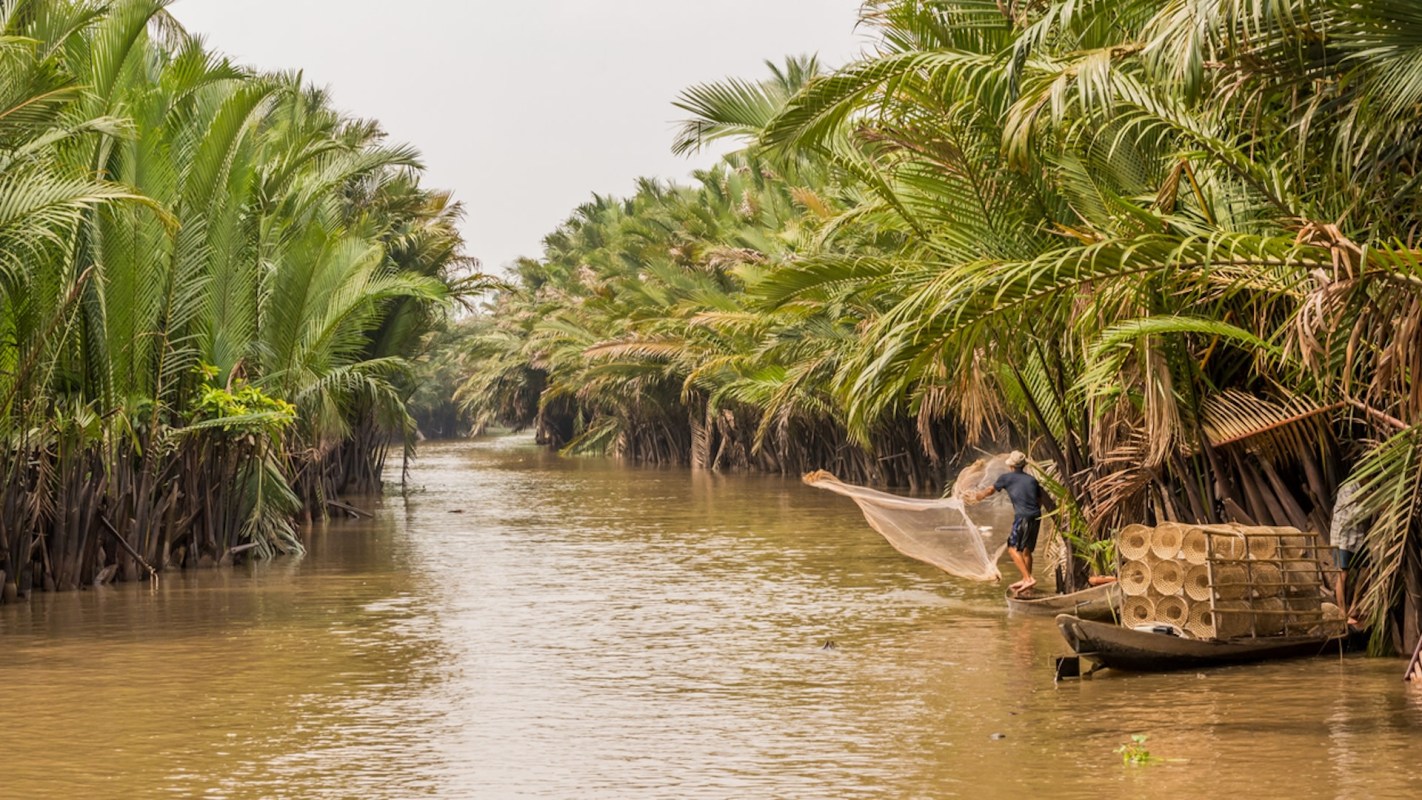As much as one-fifth of fish species in the Mekong River face extinction as a result of unsustainable developments, including hydropower.
What's happening?
In a report published by the World Wildlife Fund, one-fifth of the fish species in the Mekong River — a 3,000-mile river that stretches from Tibet to the South China Sea — are at risk of extinction.
"The biggest threat right now, and a threat that's still potentially gaining momentum, is hydropower development," said fish biologist Zeb Hogan.
Dams, which are built to use the flow of moving water to generate electricity, alter the natural flow of water, which can impact water quality and block fish migration. Like similar findings in California where thousands of salmon were found dead near dams, the Mekong River's dams prevent fish from migrating and finding the food they need.
The dams built along the Mekong River also block sediment that provides essential nutrients to farms along the river.
In addition to hydroelectric power development, "pollution, the extraction of sand and gravel, habitat loss, and agricultural expansion" also threaten the species in the Mekong, according to the report.
Watch now: Alex Honnold test drives his new Rivian
Why is this alarming?
Due to the size and location of the Mekong, farming and fishing on the river are vital for the health and economy of tens of millions of people in China, Vietnam, Cambodia, Laos, Myanmar, and Thailand.
According to the report, the Mekong produces 15% of the world's annual inland fishing. That accounts for up to $17 billion in revenue annually, making it the largest of its kind on the planet. Of the 1,148 species in the Mekong, 19% face extinction, including two of the world's largest catfish, the world's largest carp, and the giant freshwater stingray.
The decline of fish populations in the Mekong would have serious ramifications not only for the ecosystem of the river, but also for communities across the region. To make up for lost food and income from fishing, the communities would have to replace it with a massive influx of agricultural expansion, which could lead to other decimated habitats.
"Poverty will only be reduced and health improved if the environment continues to provide services and resources that people need and if resources are managed sustainably so that they can support long-term development," reads the report.
TCD Picks » Upway Spotlight

What is being done to help the Mekong River?
Through the report, the WWF calls for removing obsolete dams, restoring habitats, improving water quality, and monitoring the fish species within the Mekong.
A study in Mexico found that fish protections did not impact the fishing industry, which could provide a positive way forward for the Mekong.
Because of the problems with hydropower, we could see more changes in the way we approach this form of energy, like these innovators in Belgium who created a hydropower dam that is more fish-friendly and requires low maintenance.
"If we take action, collectively take action, to develop the river sustainably, there's still hope," said Zeb Hogan.
Join our free newsletter for cool news and cool tips that make it easy to help yourself while helping the planet.














